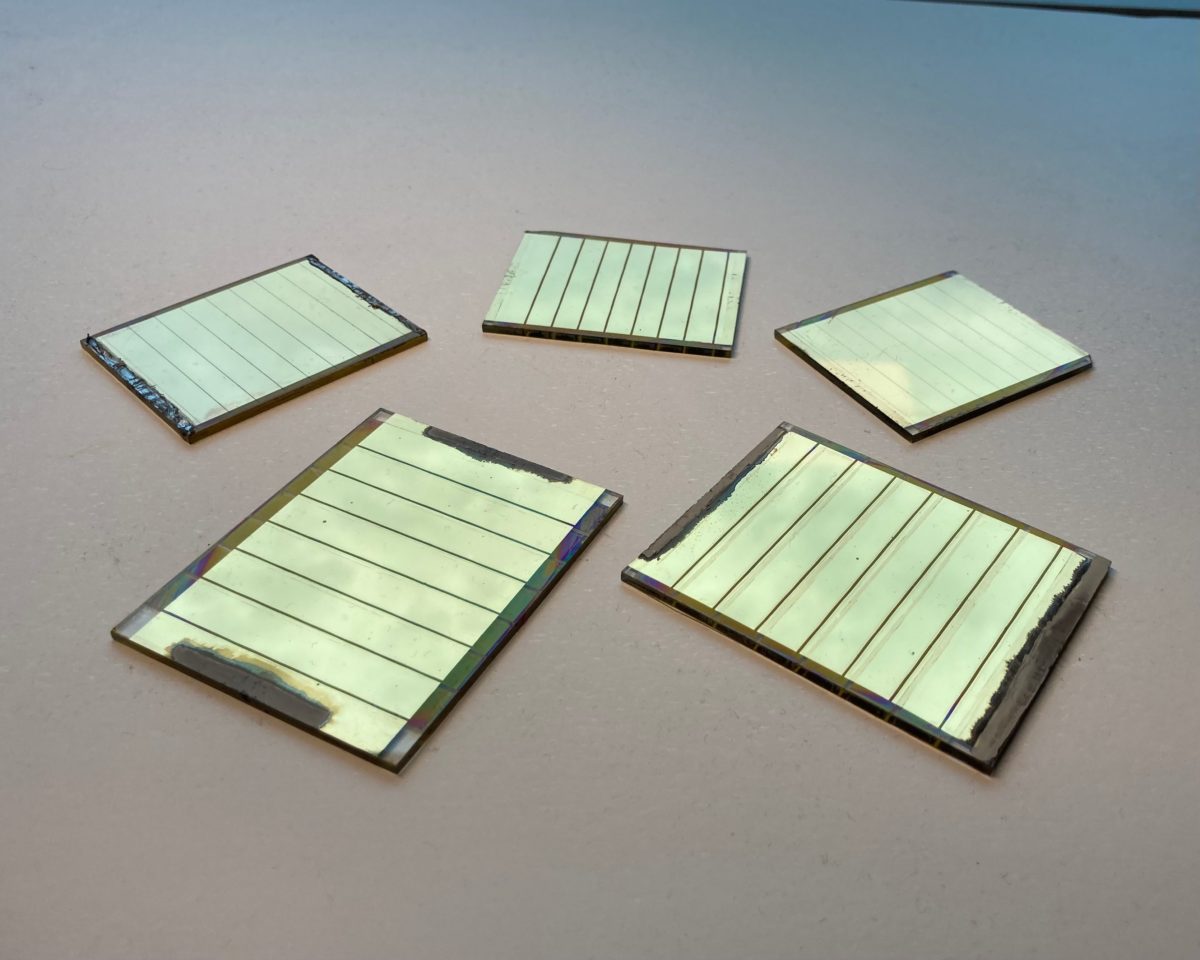Scientists in Singapore have reviewed all thermal evaporation techniques for the production of perovskite solar cells and modules. Despite limitations, the new methods could lead to high production throughputs and more efficient products.
Nanyang Technological University
Scientists from Singapore's Energy Research Institute at Nanyang Technological University have investigated how thermal evaporation (TE) could be used to fabricate mini perovskite solar modules. TE are mature techniques that are commonly used in the microelectronic and optoelectronic industries to produce organic light-emitting diodes (OLEDs), metal contacts, and coatings for various materials.
“We analyzed the use of several evaporation-based techniques to fabricate halide perovskite thin films,” researcher Annalisa Bruno told pv magazine. “These range from the relatively simple single-source deposition and multi-source co-evaporation to the more complex multistep evaporation and hybrids of thermal evaporation with gas reaction and solution processing.”
She said this combined approach exploits the advantages of both methods. But she noted that it also has some limitations, such as increased complexity and the use of solvents.
” We believe that thermal evaporation is the ideal perovskite deposition method to make that jump rapidly, since it is easily scalable, free from hazardous solvents, and already well-integrated into current opto- and microelectronics production lines,” said Bruno.
The researchers said one of the main issues with co-evaporation is the need for extensive optimization of the deposition parameters for perovskites with complex stoichiometries, especially when more than two or three precursors are evaporated at the same time. They also noted how long deposition time could present a barrier for commercial production, as most studies of these techniques tend to neglect this issue.
Their review presented a series of techniques to fabricate both perovskite solar cells and mini modules. These methods include one-step thermal evaporation, multi-step thermal evaporation, and multi-step hybrid deposition.
“It would be desirable to produce not only evaporated perovskite films but also fully evaporated modules using the same fabrication lines,” the group said.
The advantages reportedly include a high degree of process control, precisely controllable film thickness, easy sequential addition of multiple layers, and low-substrate temperature processability. The researchers claim that the methods could also enable better purification of the precursors during film formation, excellent spatial uniformity within device batches, good reproducibility across multiple fabrication rounds, and high production yield.
“The entire process can be automated and controlled, making it intrinsically attractive for large-scale and high-throughput manufacturing,” they said.
They described the production techniques in “Thermal evaporation and hybrid deposition of perovskite solar cells and mini-modules,” which was recently published in Joule.
“We believe the future of research in this field should look in new optimal device interlayers to improve the quality of the active material and the transparency, passivating defects by vacuum-based techniques, and boosting operational stability in order to maximize and realize the full potential of thermally evaporated perovskite solar devices,” said Bruno.
